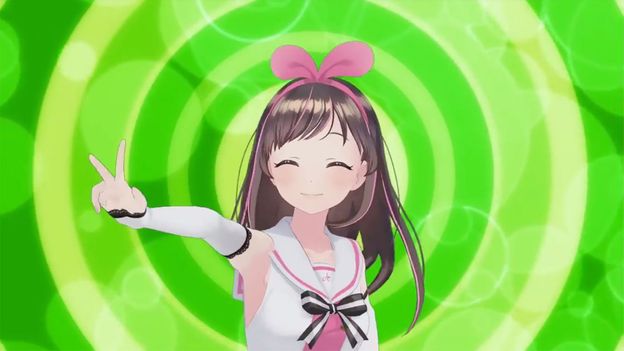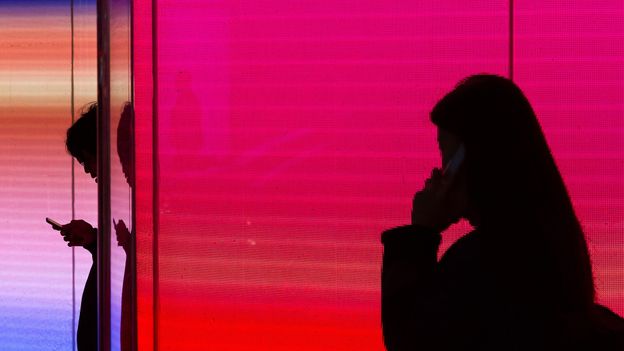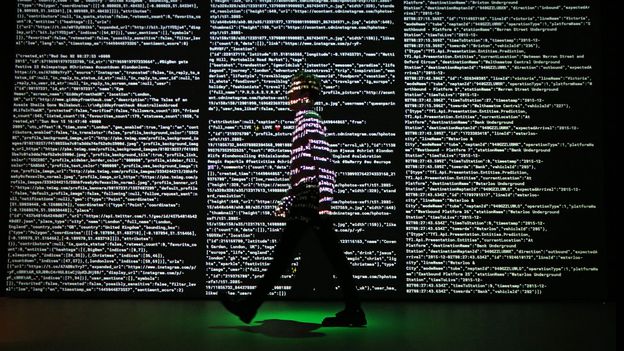How we’ll accept digital influencers
So what’s the appeal?
YouTube’s Allocca credits communities that build around them. We see these around VTubers, who often hold live chats with viewers, and fan communities on Reddit and Wikia.
“There’s a unique quality to the content that virtual YouTubers offer… it isn’t directly tethered to the problems of a real individual or identity,” says Reddit user David Kim, who’s a contributor to the Virtual YouTuber subreddit. “It’s got the intrigue of character writing with the lackadaisical feel of live, organic, self-driven content.”
“I would say that the biggest contributor to the rise of virtual YouTube is the huge audience outside Japan who normally have interest for Japanese media and culture, such as anime,” says another fan, Kit Hakansson.
The trend within Japan of preferring digital over live-action personalities can be traced back four decades, says Izumi Tsuji, a sociology and culture professor at Chuo University. Tsuji points to a famous Japanese sociologist, Munesuke Mita, who posited that as a result of the slowed economic growth following the global oil crisis in the 1970s, many in the nation might have developed a listlessness with reality that could last to this day.
“From the latter half of the 1970s, we Japanese lost a certain goal or future of our society,” Tsuji says. “We tended to love the world of fiction. From this period, we tended to love enthusiastically anime, games and idols instead of realistic movie and music stars.” One example of this, Tsuji says, is Hatsune Miku, the famous holographic pop star in Japan whose voice is digitally produced.







